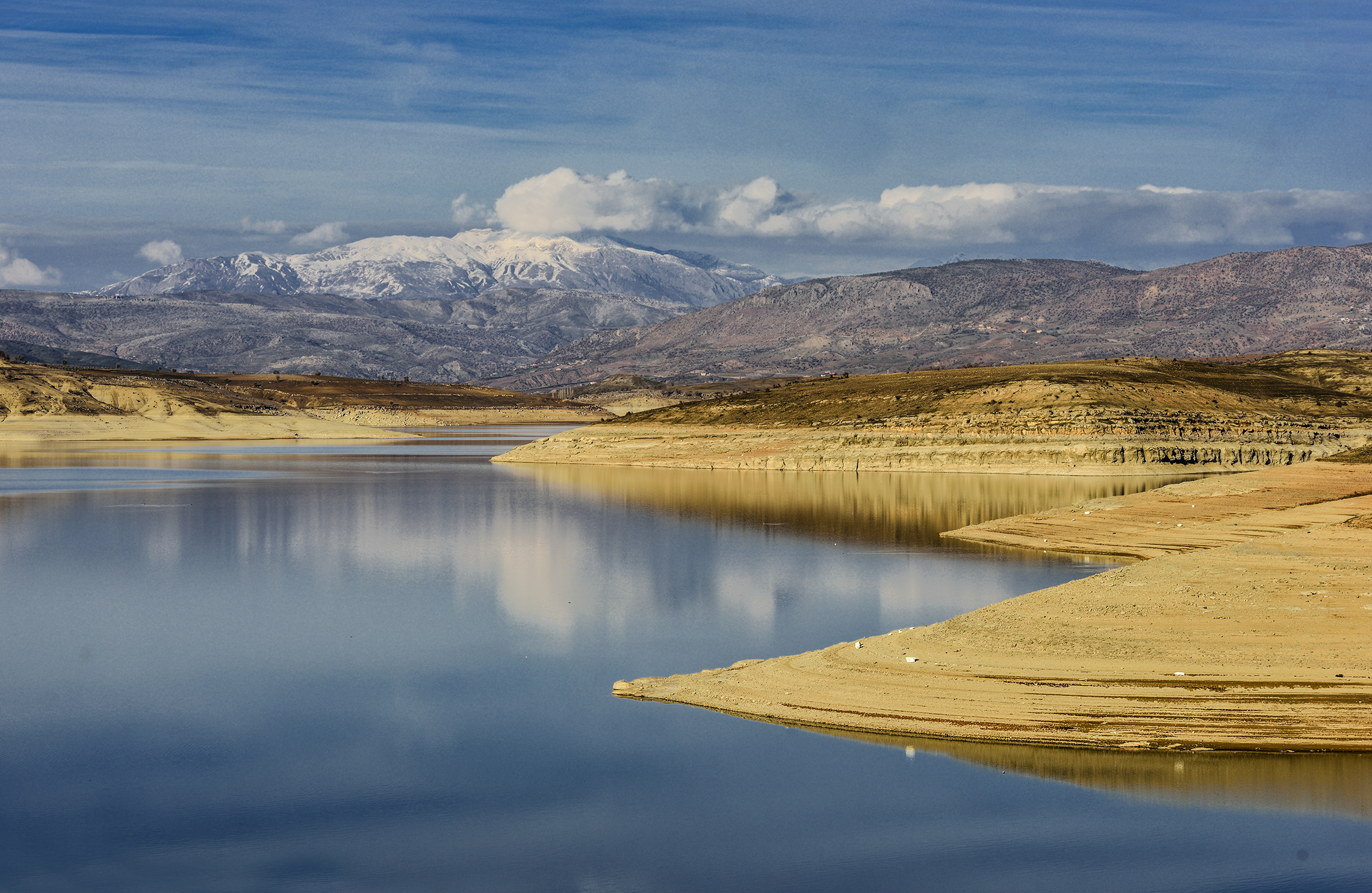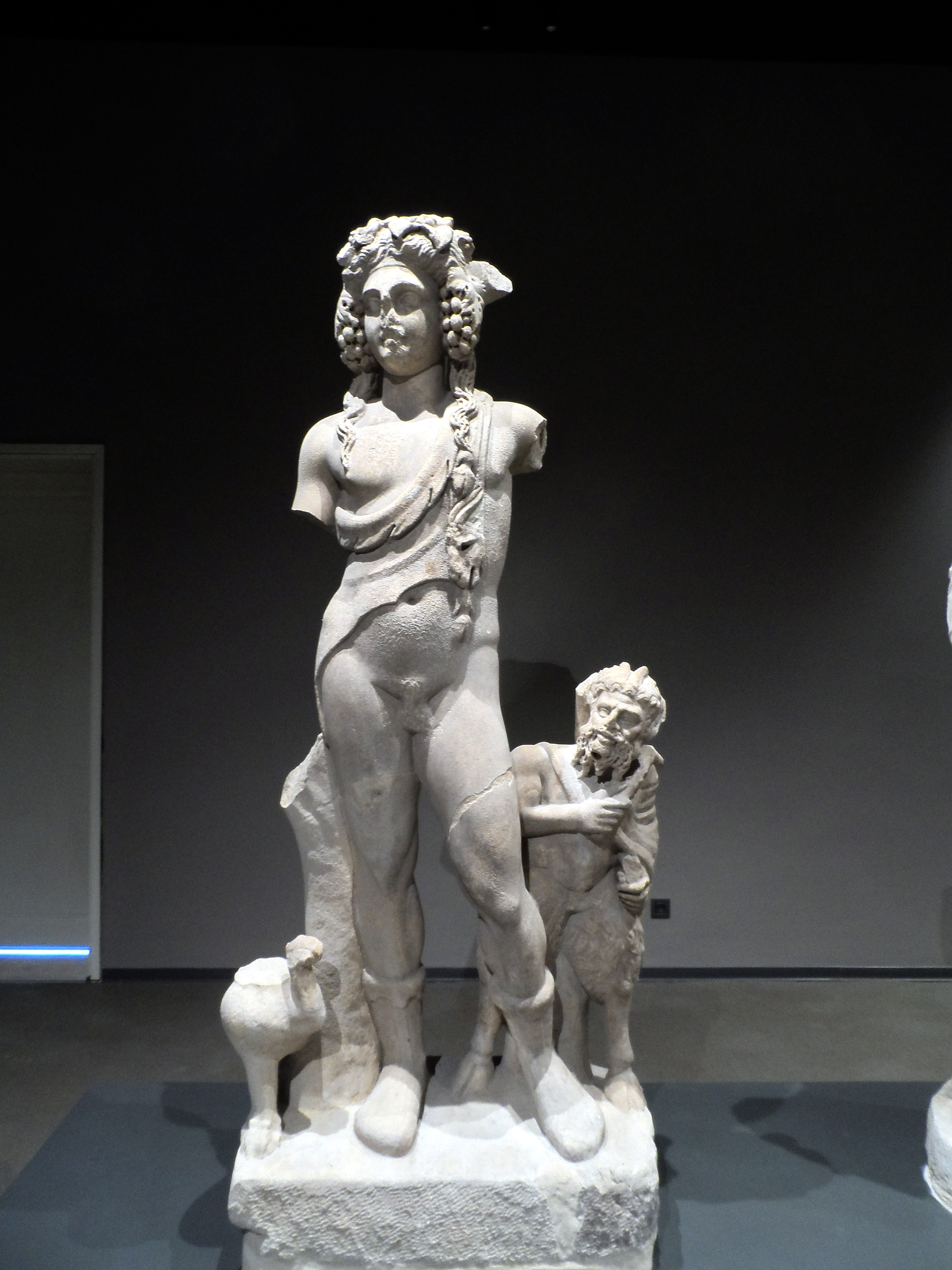|
Karacaoğlan, Mut
Karacaoğlan is a neighbourhood in the municipality and district of Mut, Mersin Province, Turkey. Its population is 274 (2022). It is situated in Toros Mountains to the east of Mut and to the south of Sason canyon. It is a rather isolated village; the distance to Mut is and to Mersin Mersin (), also known as İçel, is a large city and a port on the Mediterranean Sea, Mediterranean coast of southern Turkey. It is the provincial capital of Mersin Province, Mersin (İçel) Province. It is made up of four municipalities and dis ... is . The population of the village is composed of Turkmens. The former name of the village was Çukur. But after the tomb of the famous Turkish folk poet Karacaoğlan (1606-1680) was discovered in the village graveyard, it was renamed after Karacaoğlan. Main economic activity of Karacaoğlan is agriculture. References {{DEFAULTSORT:Karacaoglan, Mut Neighbourhoods in Mut District ... [...More Info...] [...Related Items...] OR: [Wikipedia] [Google] [Baidu] |
Mut, Mersin
Mut is a town and district of Mersin Province in the Mediterranean region of Turkey. Mut is a rural district at the foot of the Sertavul Pass on the road over the Taurus Mountains from Ankara and Konya to the Mediterranean coast at Anamur or Silifke. Mut is known for its special apricot variety, ''Mut şekerparesi'', and a statue of a girl carrying a basket of them stands at the entrance to the town. The summer is hot and the people of Mut retreat to high meadows (so called yayla) even further up the mountainside. The forests up here are home to wild boar, and the Gezende reservoir on the Ermenek River is a welcome patch of blue in this dry district. The dam has a hydro-electric power station built in Romania. History The area has probably been inhabited since the time of the Hittites (2000 BC), and was later part of ancient Cilicia. Under the Roman Empire, the town was called Claudiopolis.''Alahan Monastery: A Masterpiece of Early Christian Architecture'', Michael Gough, The M ... [...More Info...] [...Related Items...] OR: [Wikipedia] [Google] [Baidu] |
Mersin Province
Mersin Province ( tr, ), formerly İçel Province ( tr, ), is a province in southern Turkey, on the Mediterranean coast between Antalya and Adana. The provincial capital and the biggest city in the province is Mersin, which is composed of four municipalities and district governorates: Akdeniz, Mezitli, Toroslar and Yenişehir. Next largest is Tarsus, the birthplace of Paul the Apostle. The province is considered to be a part of the geographical, economical and cultural region of Çukurova, which covers the provinces of Mersin, Adana, Osmaniye and Hatay. The capital of the province is the city of Mersin. Etymology The province is named after its biggest city Mersin. Mersin was named after the aromatic plant genus ''Myrsine'' ( el, Μυρσίνη, tr, mersin) in the family Primulaceae, a myrtle that grows in abundance in the area. The 17th-century Ottoman traveler Evliya Çelebi has recorded in his ''Seyahatnâme'' that there was also a clan named Mersinoğulları in ... [...More Info...] [...Related Items...] OR: [Wikipedia] [Google] [Baidu] |
Turkey
Turkey ( tr, Türkiye ), officially the Republic of Türkiye ( tr, Türkiye Cumhuriyeti, links=no ), is a list of transcontinental countries, transcontinental country located mainly on the Anatolia, Anatolian Peninsula in Western Asia, with a East Thrace, small portion on the Balkans, Balkan Peninsula in Southeast Europe. It shares borders with the Black Sea to the north; Georgia (country), Georgia to the northeast; Armenia, Azerbaijan, and Iran to the east; Iraq to the southeast; Syria and the Mediterranean Sea to the south; the Aegean Sea to the west; and Greece and Bulgaria to the northwest. Cyprus is located off the south coast. Turkish people, Turks form the vast majority of the nation's population and Kurds are the largest minority. Ankara is Turkey's capital, while Istanbul is its list of largest cities and towns in Turkey, largest city and financial centre. One of the world's earliest permanently Settler, settled regions, present-day Turkey was home to important Neol ... [...More Info...] [...Related Items...] OR: [Wikipedia] [Google] [Baidu] |
TÜİK
Turkish Statistical Institute (commonly known as TurkStat; tr, Türkiye İstatistik Kurumu or TÜİK) is the Turkish government agency commissioned with producing official statistics on Turkey, its population, resources, economy, society, and culture. It was founded in 1926 and has its headquarters in Ankara Ankara ( , ; ), historically known as Ancyra and Angora, is the capital of Turkey. Located in the central part of Anatolia, the city has a population of 5.1 million in its urban center and over 5.7 million in Ankara Province, maki .... Formerly named as the State Institute of Statistics (Devlet İstatistik Enstitüsü (DİE)), the Institute was renamed as the Turkish Statistical Institute on November 18, 2005. References External linksOfficial website of the institute National statistical services Statistical Organizations established in 1926 Organizations based in Ankara {{Sci-org-stub ... [...More Info...] [...Related Items...] OR: [Wikipedia] [Google] [Baidu] |
Toros Mountains
The Taurus Mountains (Turkish language, Turkish: ''Toros Dağları'' or ''Toroslar'') are a mountain range, mountain complex in southern Turkey, separating the Mediterranean Region, Turkey, Mediterranean coastal region from the central Anatolia#Anatolian plateau, Anatolian Plateau. The system extends along a curve from Lake Eğirdir in the west to the upper reaches of the Euphrates and Tigris rivers in the east. It is a part of the Alpide belt in Eurasia. Etymology The mountain range under the current name was mentioned in The Histories (Polybius), ''The Histories'' by Polybius as Ταῦρος (''Taûros''). Heinrich Kiepert writes in ''Lehrbuch der alten Geographie'' that the name was borrowed into Ancient Greek from the Semitic languages, Semitic (Old Aramaic) root טורא ''ṭūrā'', meaning "mountain". Geography The Taurus mountains are divided into three chains from west to east as follows; * Western Taurus (Batı Toroslar) *Central Taurus (Orta Toroslar) *Southeaster ... [...More Info...] [...Related Items...] OR: [Wikipedia] [Google] [Baidu] |
Sason
Sason ( hy, Սասուն, translit=Sasun, ku, Qabilcewz, ar, قبل جوز; formerly known as Sasun or Sassoun) is a district and town in the Batman Province of Turkey. It was formerly part of the sanjak of Siirt, which was in Diyarbakır vilayet until 1880 and in Bitlis Vilayet in 1892. Later it became part of Muş sanjak in Bitlis vilayet, and remained part of Muş until 1927. It was one of the districts of Siirt province until 1993. The boundaries of the district varied considerably in time. The current borders are not the same as in the 19th century, when the district of Sasun was situated more to the north (mostly territory now included in the central district of Muş). Sasun, as it is called by Armenians, holds a prominent role in Armenian culture and history. It is the setting of ''Daredevils of Sassoun'', Armenia's national epic. In the late 19th and early 20th centuries it was a major location of Armenian '' fedayi'' activities, who staged two uprisings against the ... [...More Info...] [...Related Items...] OR: [Wikipedia] [Google] [Baidu] |
Mersin
Mersin (), also known as İçel, is a large city and a port on the Mediterranean Sea, Mediterranean coast of southern Turkey. It is the provincial capital of Mersin Province, Mersin (İçel) Province. It is made up of four municipalities and district governorates: Akdeniz, Mersin, Akdeniz, Mezitli, Toroslar and Yenişehir, Mersin, Yenişehir. As urbanisation continue towards the east, a larger metropolitan region combining Mersin with Tarsus, Mersin, Tarsus and Adana (the Adana-Mersin Metropolitan Area) is in the making with more than 3.3 million inhabitants. Mersin lies on the western side of the Çukurova, a geographical, economic and cultural region. It is an important hub for Turkey's economy, with Port of Mersin, Turkey's largest seaport located here. The city hosted the 2013 Mediterranean Games. As of the 2021 estimation, the population of the Adana-Mersin Metropolitan Area was 33,000 inhabitants of whom 1,064,850 lived in the Mersin area made up of the four urban district ... [...More Info...] [...Related Items...] OR: [Wikipedia] [Google] [Baidu] |
Oghuz Turk
The Oghuz or Ghuzz Turks ( Middle Turkic: ٱغُز, ''Oγuz'', ota, اوغوز, Oġuz) were a western Turkic people that spoke the Oghuz branch of the Turkic language family. In the 8th century, they formed a tribal confederation conventionally named the Oghuz Yabgu State in Central Asia. The name ''Oghuz'' is a Common Turkic word for "tribe". Byzantine sources call the Oghuz the Uzes (Οὐ̑ζοι, ''Ouzoi''). By the 10th century, Islamic sources were calling them Muslim Turkmens, as opposed to Tengrist or Buddhist. By the 12th century, this term had passed into Byzantine usage and the Oghuzes were overwhelmingly Muslim. The term "Oghuz" was gradually supplanted among the Turks themselves by the terms ''Turkmen'' and '' Turcoman'', ( ota, تركمن, Türkmen or ''Türkmân'') from the mid-10th century on, a process which was completed by the beginning of the 13th century. The Oghuz confederation migrated westward from the Jeti-su area after a conflict with the Karluk ... [...More Info...] [...Related Items...] OR: [Wikipedia] [Google] [Baidu] |
Karacaoğlan
Karacaoğlan was a 17th-century Anatolian Turkish folk poet and ashik. His exact dates of birth and death are unknown but it is widely accepted that he was born around 1606 and died around 1680. He lived around the city of Mut near Mersin. His tomb, which was organized as a mausoleum in 1997, is at Karacaoğlan hill in the village of Karacaoğlan, Mut, Mersin. In this regard, he was the first known folk poet and ashik whose statue was built. His poetry gave a vivid picture of nature and village life in Anatolian settlements. This kind of folk poetry, as distinct from the poetry of the Ottoman palace, was emphasized after the foundation of the Republic of Turkey in 1923 and became an important influence on modern lyric poetry, with Karacaoğlan being its foremost exponent. Biography There is very little known about his life. Some say he was born near Mount Kozan, near a village called Varsak. Others suggest that he is from the village of the same name, but in modern-day Osmaniye ... [...More Info...] [...Related Items...] OR: [Wikipedia] [Google] [Baidu] |




